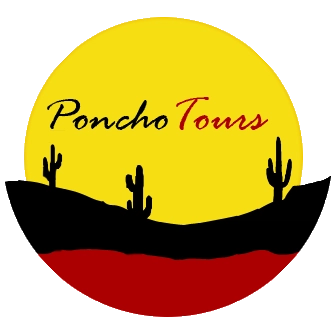When you visit northwest Argentina, you may notice some people in the street have cheeks as fat as a hamster preparing for hibernation.
A tour we think you'll love
They’re chewing coca, following an age-old ritual in the Andean region used to combat fatigue, hunger and altitude sickness.
When the Spanish invaded five centuries ago, the practice was so integral to the religious traditions of indigenous tribes, particularly the Inca who ruled from Colombia down to Mendoza in Argentina, that the Catholic church tried to ban it as idolatrous.
Luckily, in this particular battle, commerce won out, the mine owners realising their workers could labour for many hours without a break thanks to the magical properties of the coca leaf.
Coca, or khoka which simply means “tree” in Quechua or Aymara, the principal languages of Peru and Bolivia respectively, has acquired a bad reputation in respectable circles because each leaf contains a tiny quantity (0.4%) of the alkaloid cocaine.
Indeed, it contains more minerals than my old school’s chemistry lab: magnesium, potassium, phosphorus, flavonoids, fibre and iron, not to forget vitamins C and D.
It’s an excellent source of calcium, a particularly vital component to the Andean non-dairy diet (as cows didn’t exist in South America until the Spanish invaders brought them over).
Mariana Orieta, curator of the Museo del Patrimonio Intangible de la Quebrada de Humahuaca said: “Coca is a sacred leaf which has nothing to do with drugs or cocaine, it comes from our ancestors and is important to indigenous culture. It’s indispensable for the workers in the countryside and the Puna, it’s like sugar and salt to them: it’s energy.”
As Dominic Streatfeild notes in his excellent Cocaine: an Unauthorised Biography, “Coca chewing keeps the Andes on the go the way coffee keeps the rest of the world on the go.”
It would take a hell of a lot of leaf chewing to get high: but when you masticate at altitude, or when you’re particularly tired, you’ll certainly notice it gives you a lift.
When guests on one of our Poncho Tours visit Argentina we recommend trying coca, chewing it in the traditional way, or mixing leaves with boiling water to make a coca tea.
It’s ideal when you’re travelling at altitude, and you’ll be tapping into an ancient tradition so the locals will be impressed!
You can read more about the traditions of coca in Argentina’s Andean north west here in an article I wrote for the Buenos Aires Times.






